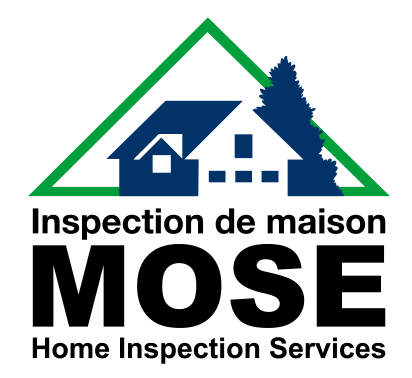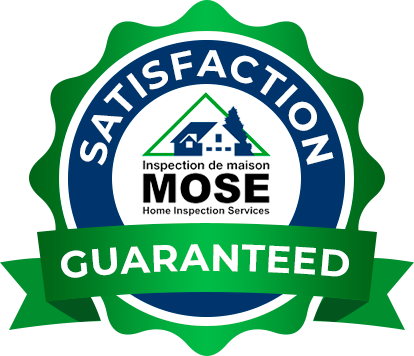Meet Richard (Not-a-Plumber) Paquette, a Drain Inspection Specialist
Can’t figure out why your drain is backing up? Is there a massive pool forming in the middle of your front yard, for no apparent reason? Are you buying or selling a new home, and want to be sure the drains and sewer pipes are in good condition?
Meet Richard Paquette. He’s a drain and sewer specialist. He comes fully loaded with equipment you never imagined possible. With his 200 foot-long snake connected to a specialized video camera, he can see deep into the depths of almost any drain or sewer pipe. Paquette says these are the mysterious parts of a house: the parts we never ever see. But they form an extremely important role in the functioning of a house. The sewers and drains are the “roots” of a home.
“Sanitary pipes, French drains all this, we don’t see. But its part of the system of the house. If you have a problem in there, it can cost 12 to 35 thousand to fix. Same thing with the sewer system. If there’s any doubt when you’re buying or even selling, you should have it checked.”
Pre-1970 Homes Most Affected
For the last six years, Paquette has been busy inspecting sewers and drains. He finds himself around old buildings a lot. “Pre 1970 they used cement pipes leading to the main drain in 3 foot sections. In time, every junction becomes loose and leaks. They move a little because of tree roots and so on.” He says the lifespan of most of these materials is now coming to an end. “Pre 1960’s they used a material that looked like a thin cardboard and tar half an inch thick. With time, those also become oval and crunch.”
But old houses are not the only thing Paquette sees. On a recent occasion, he was called in to check a 5-year-old house in Vaudreuil that was severely affected by water infiltration.
“We found the line for the French Drain on the new project, and it was not on the same line as the sanitary pipe. In fact, the drainage system had never been connected! When they did the hookups in that development, they forgot that house.” He shakes his head. “The connection was 70 feet away from the house, so the ground just absorbed the water until then. But when spring came that year the ground couldn’t handle any more. We called the city.”
Paquette is not a plumber. He says, “Most plumbers don’t have the experience to find the problem, to see where problem could be. I have about $75,000 worth of equipment, for most plumbers they wouldn’t use it enough to get their money back. That’s why I specialize.”
Hidden Defects
Paquette says that in the real estate industry, often, it is the drain and sewer systems that end up being the “hidden defects” of a home, getting vendors in trouble after the point of sale.
A hidden defect is a problem in a home that the purchaser could not have known about but was nevertheless present at the time of sale. When a vendor signs a vendor declaration, the onus is on the Vendor to make sure nothing has been overlooked. A drain and sewer inspection before selling ensures there’s no problem. “It’s better to check. That way, you have peace of mind and won’t get the buyer coming back with hidden defects down the road.”
For more information or to book a drain and sewer inspection, call: 514-426-1095

